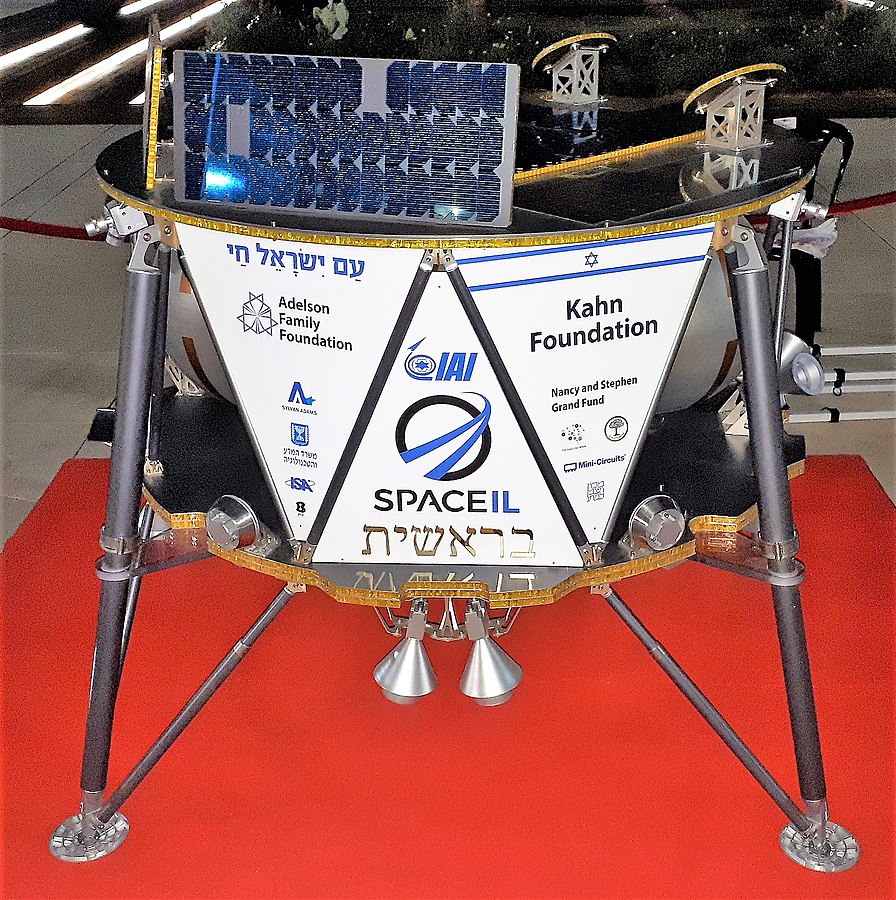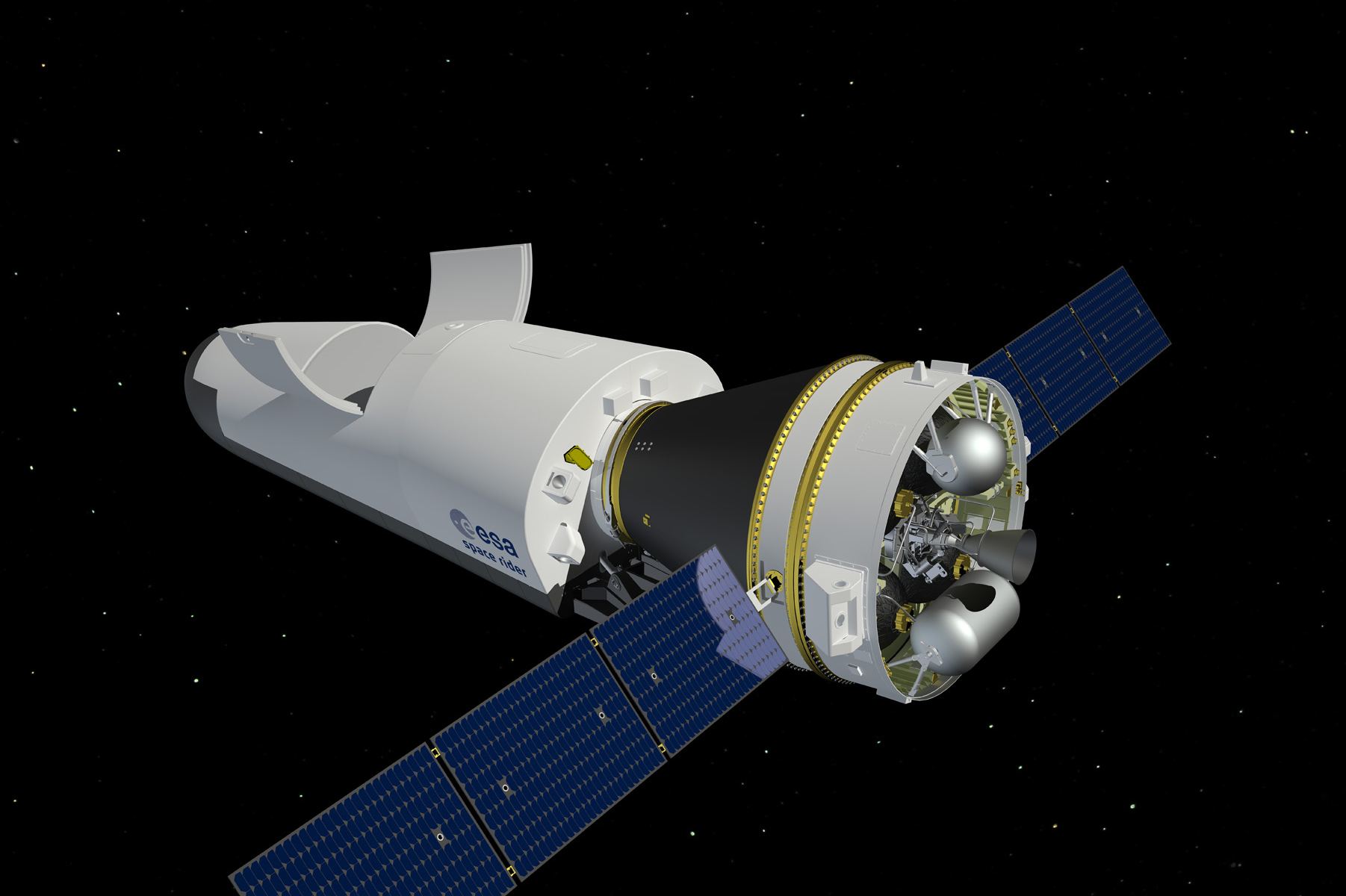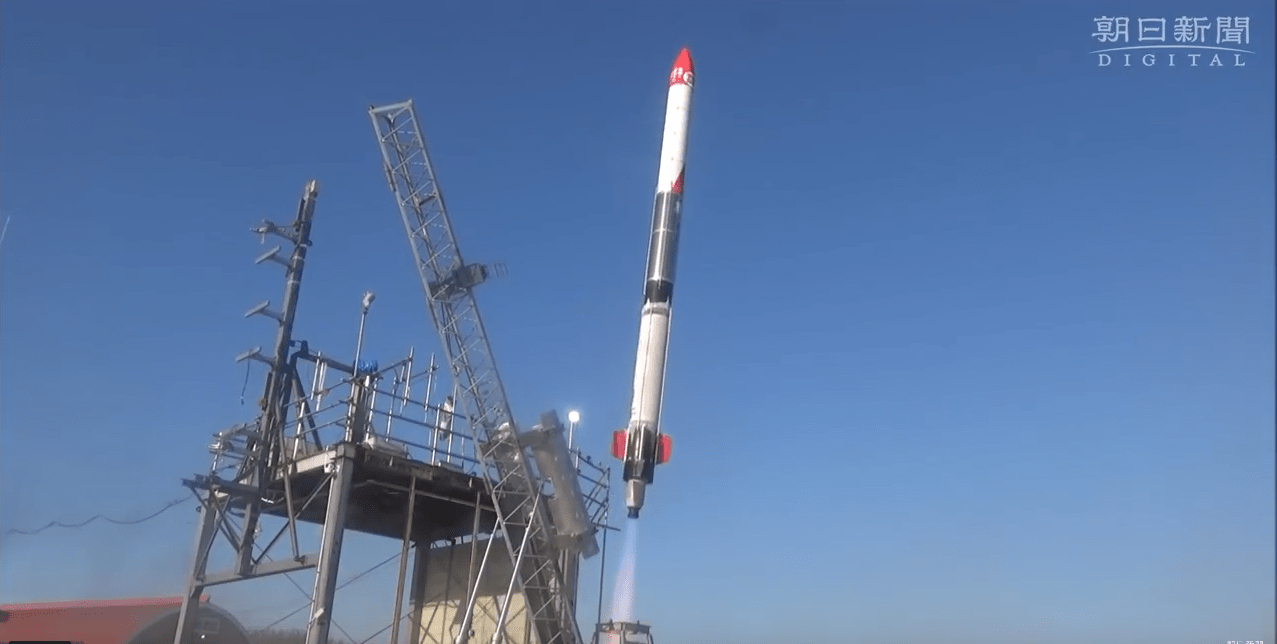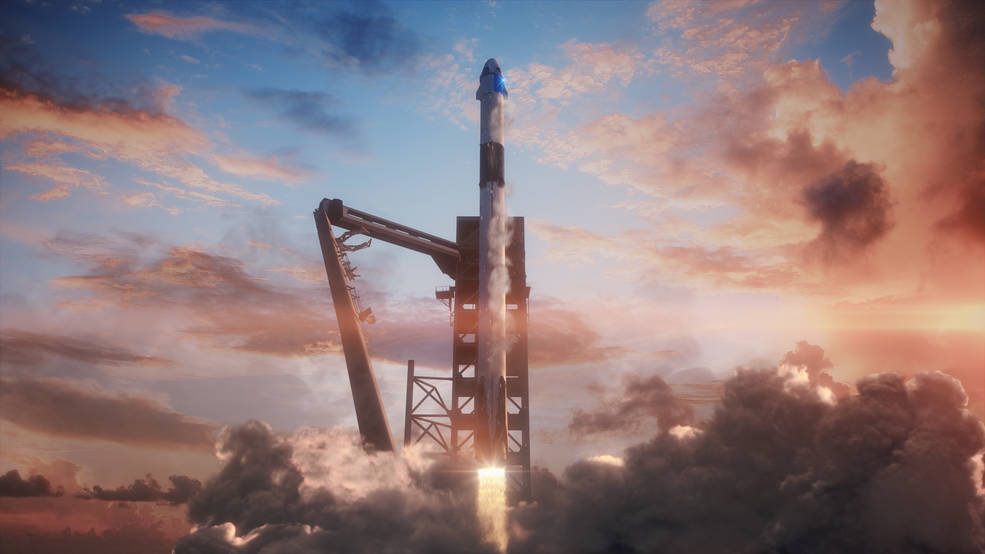Mystery. Secrecy. A Need-To-Know Basis. These are the hallmarks of science. Wait a minute: no they’re not. So what’s with all the mysterious secret objective talk from SpaceIL about Beresheet2?
Continue reading “SpaceIL Scraps its Plans to go Back to the Moon. Instead, it’s Got a New Secret “Significant Objective” for Beresheet 2″Deep Space Atomic Clocks Will Help Spacecraft Answer, with Incredible Precision, if They’re There Yet

How do spacecraft know where they are? There’s no GPS out there. Right now, it involves sending a signal to the spacecraft which the spacecraft then sends right back to Earth. The elapsed time reveals the distance.
But on June 24th, that method could be replaced by something much more autonomous.
Continue reading “Deep Space Atomic Clocks Will Help Spacecraft Answer, with Incredible Precision, if They’re There Yet”New Ideas to Reduce Muscle Loss During Spaceflight

One of the obstacles to long space missions is the muscle loss that astronauts suffer from. It’s called atrophy, and NASA says that astronauts can lose up to 20% muscle mass during missions of only 5 to 11 days. This muscle loss affects what are called “anti-gravity muscles,” including calf muscles, the quadriceps and the muscles of the back and neck.
This muscle loss makes it hard for astronauts to complete their tasks, especially when missions to Mars happen. It can also be very dangerous to astronauts, because they’re weakened when they return to Earth. If there are problems during re-entry, and they need to perform any strenuous emergency procedures, that missing muscle could be the difference between life and death.
Continue reading “New Ideas to Reduce Muscle Loss During Spaceflight”Europe is Working On a Reusable Space Transport System: Space Rider
The ESA is developing its own spacecraft capable of re-entry into Earth’s atmosphere. The reusable spacecraft is called the Space RIDER (Reusable Integrated Demonstrator for Europe Return), and the ESA says that the Space Rider will be ready for launch by 2022. It’s being designed to launch on the Vega-C rocket from Europe’s spaceport in Kourou, French Guiana.
Continue reading “Europe is Working On a Reusable Space Transport System: Space Rider”Planetary Society’s Light Sail 2 is Set to Launch on a Falcon Heavy Rocket Next Month
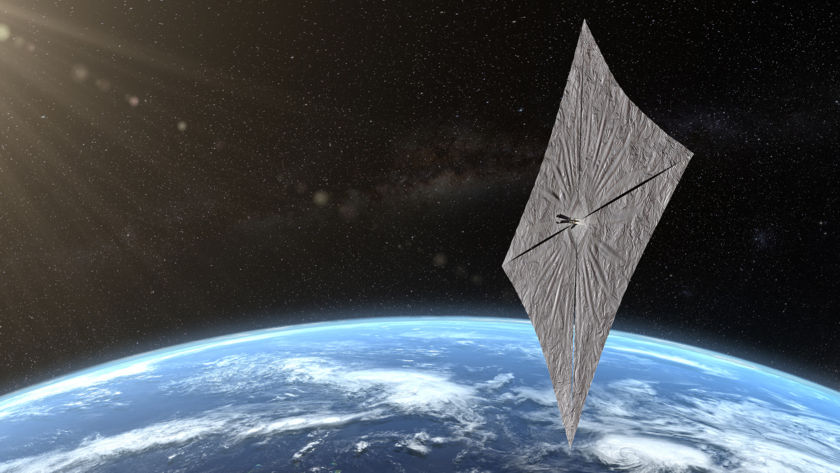
The Planetary Society is going to launch their LightSail 2 CubeSat next month. LightSail 2 is a test mission designed to study the feasibility of using sunlight for propulsion. The small satellite will use the pressure of sunlight on its solar sails to propel its way to a higher orbit.
Continue reading “Planetary Society’s Light Sail 2 is Set to Launch on a Falcon Heavy Rocket Next Month”Japan’s First Private Rocket Flies to Space
Have you heard of Interstellar Technologies? They’re the latest private company to launch their own rocket into space. They’re a Japanese company, and like other private space companies, their stated goal is to lower the cost to access space.
Continue reading “Japan’s First Private Rocket Flies to Space”Blue Origin’s New Shepard Flies Again, a Week Before Their Mysterious Announcement
Today’s breed of billionaire space entrepreneurs likes to keep us guessing, don’t they? Mr. Elon Musk is famous for announcing partial plans on Twitter, then leaving us to cajole the details out of him. Now, Jim Bezos, Amazon founder and Blue Origin visionary, is making us guess what an upcoming mysterious announcement might mean, all on the tails of another successful flight for New Shepard.
Continue reading “Blue Origin’s New Shepard Flies Again, a Week Before Their Mysterious Announcement”Beresheet Crashed.
The Israeli Beresheet spacecraft has crashed into the Moon. The craft, whose name is Hebrew for “in the beginning” made its descent to the Moon but failed to stick its landing. If it had been successful, it would have put Israel in elite company, and made them only the fourth country to have a soft landing on the Moon, joining the USA, China, and the former Soviet Union.
Continue reading “Beresheet Crashed.”Want to Move to Mars? A Round-Trip Ticket Will Only Cost $100,000 According to Elon Musk
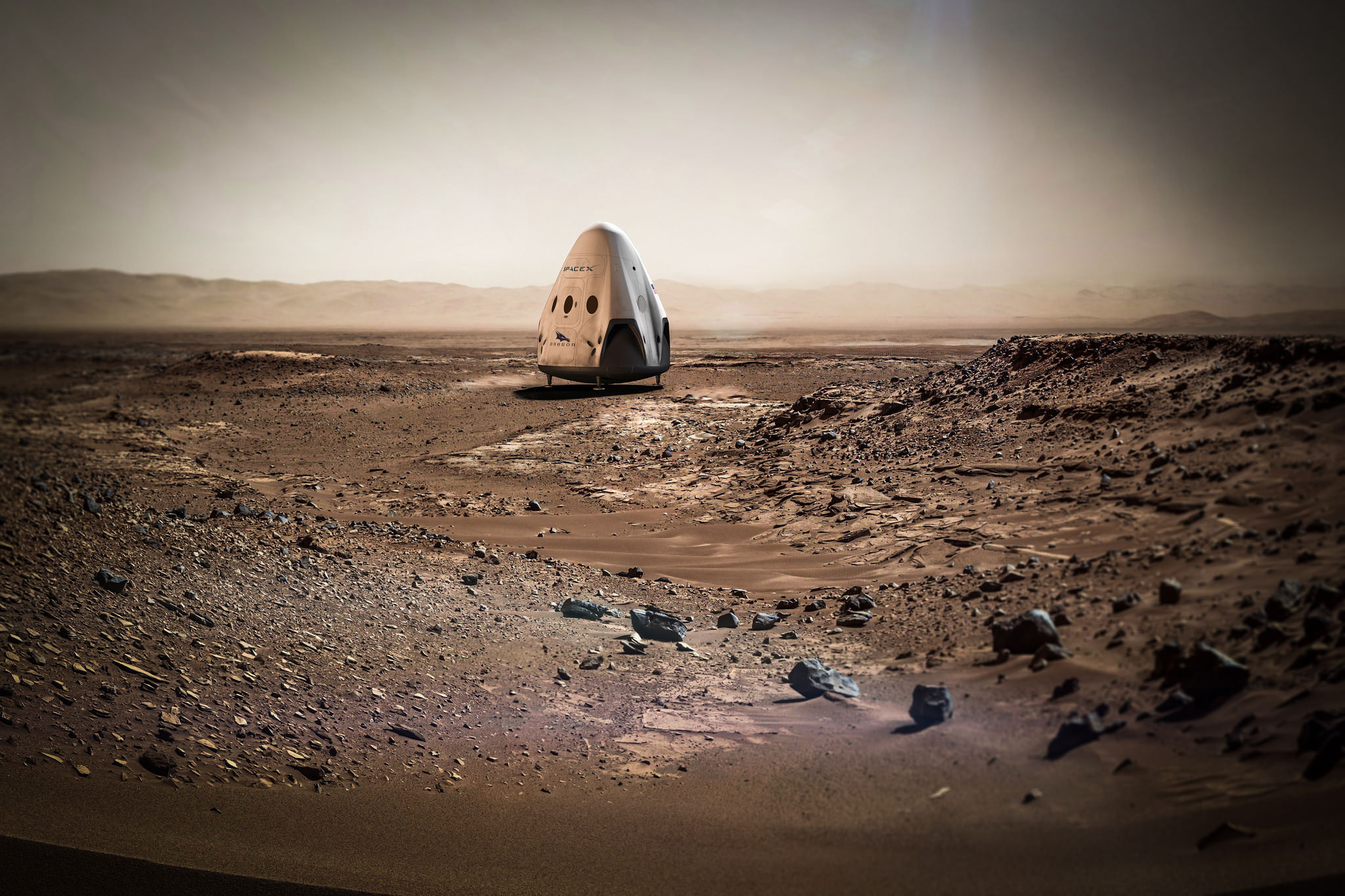
Elon Musk just suggested that the price for a trip to Mars and back could be as low as $100,000. He added the qualifier that the price depends on volume. So it looks like the price is anything but astronomical.
Continue reading “Want to Move to Mars? A Round-Trip Ticket Will Only Cost $100,000 According to Elon Musk”Crew Dragon Rolls Out to the Launch Pad. Demo-1 Flight Should Happen Shortly
The long-anticipated first flight of the SpaceX Crew Dragon is almost here. Early in January, the Crew Dragon was rolled out of its hangar at Kennedy Space Center, and on January 24th it performed a brief static firing as part of its testing. The Crew Dragon’s inaugural flight, called Demo-1, is not far off.
Neither NASA nor SpaceX has given us a date for Demo-1, but we’re getting close.
Continue reading “Crew Dragon Rolls Out to the Launch Pad. Demo-1 Flight Should Happen Shortly”
